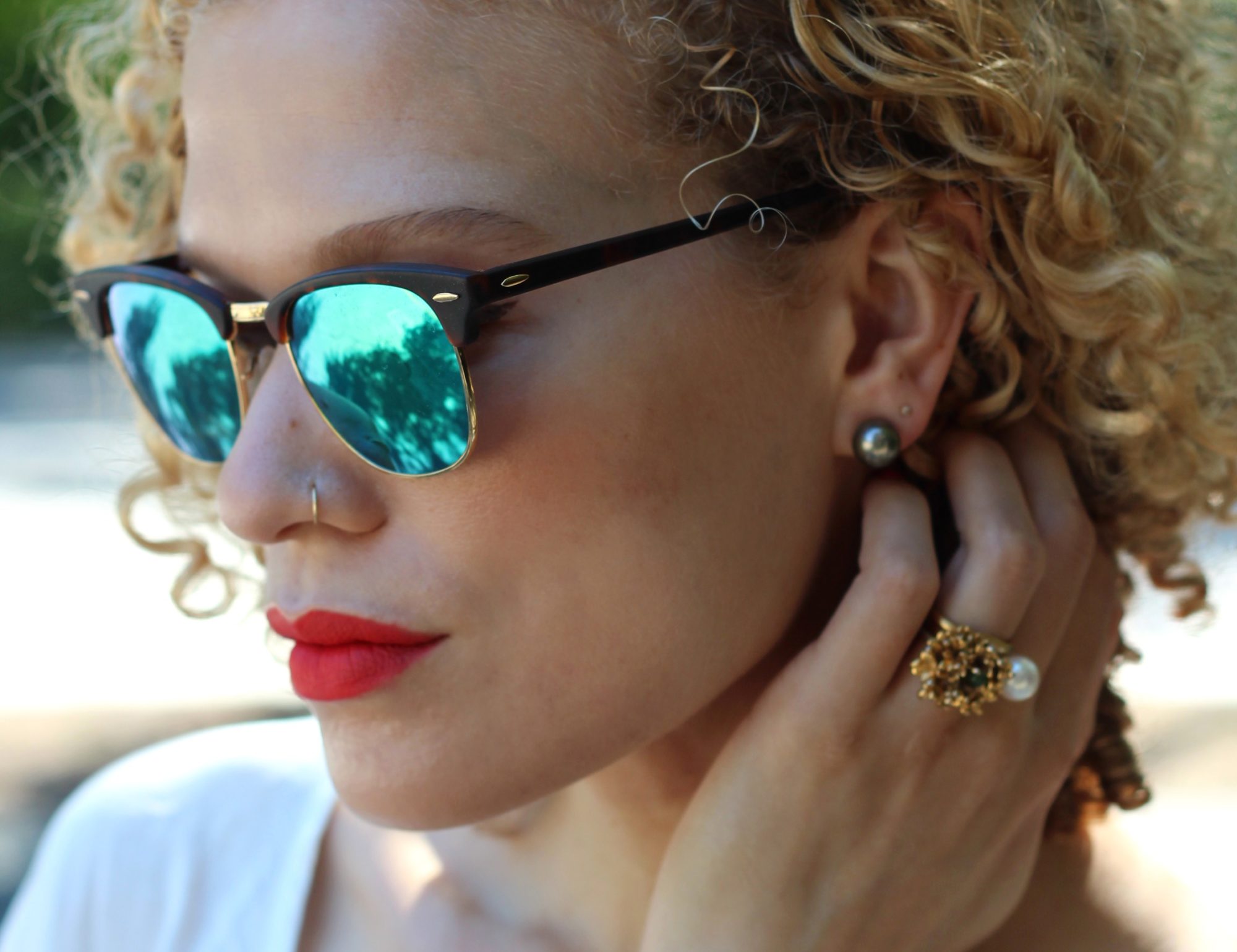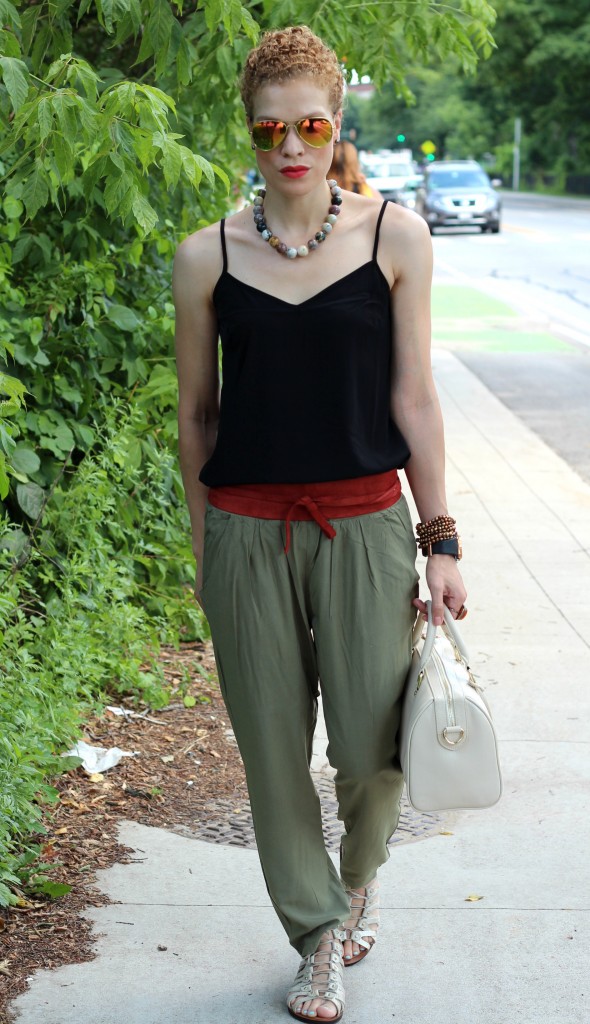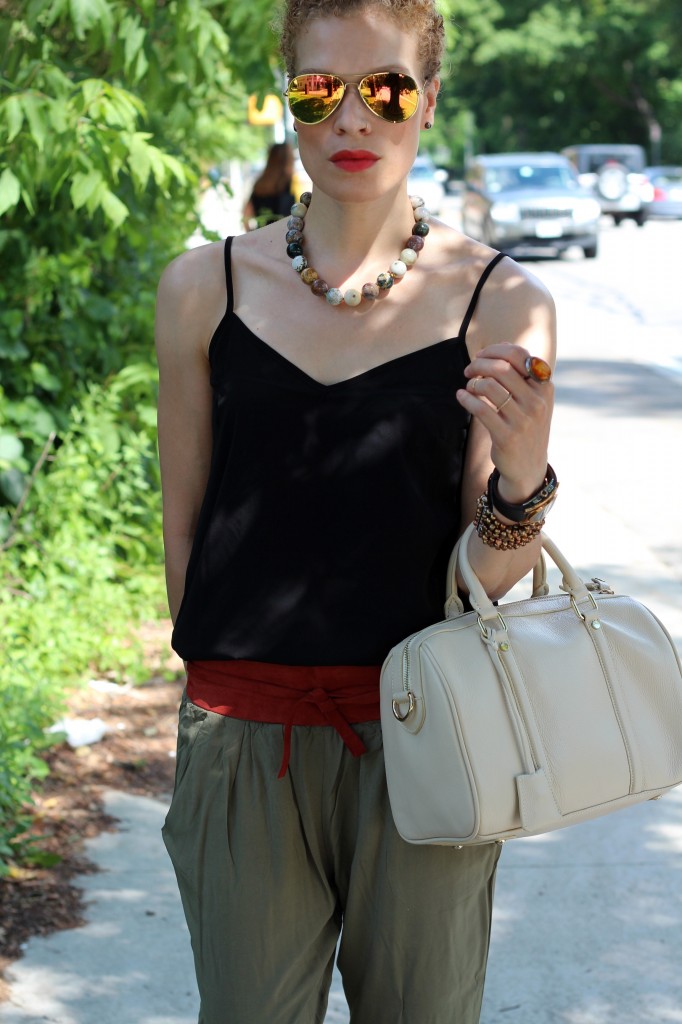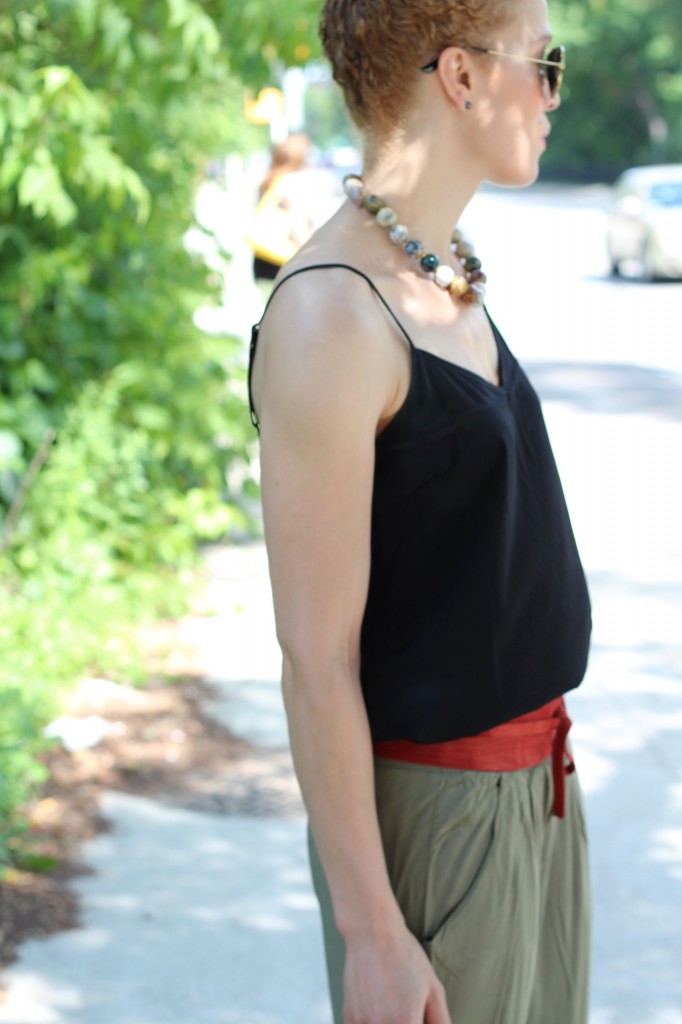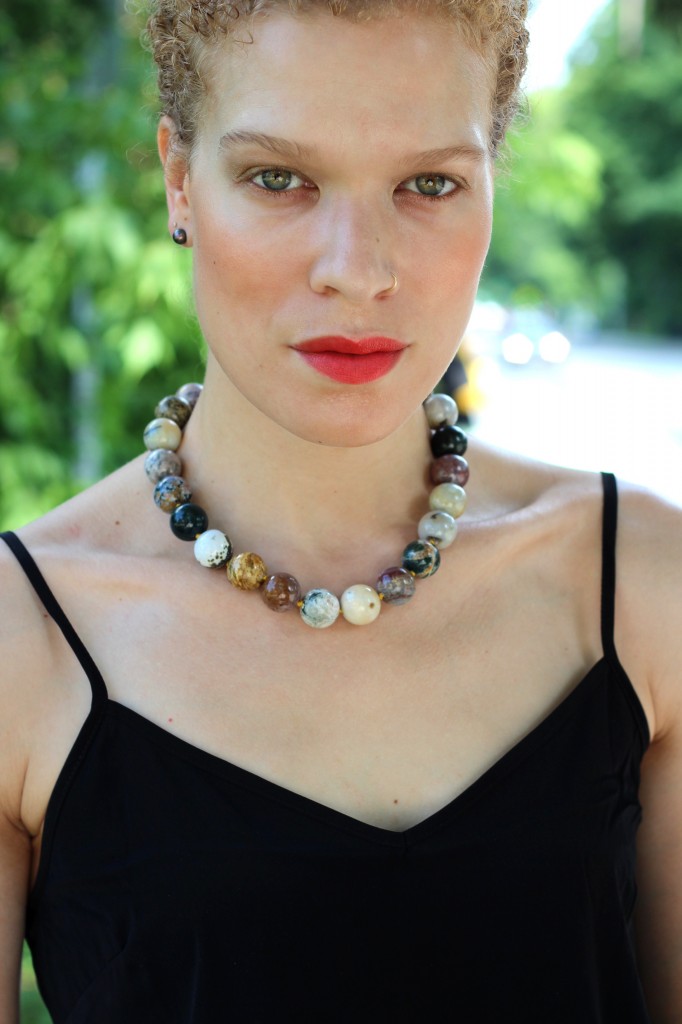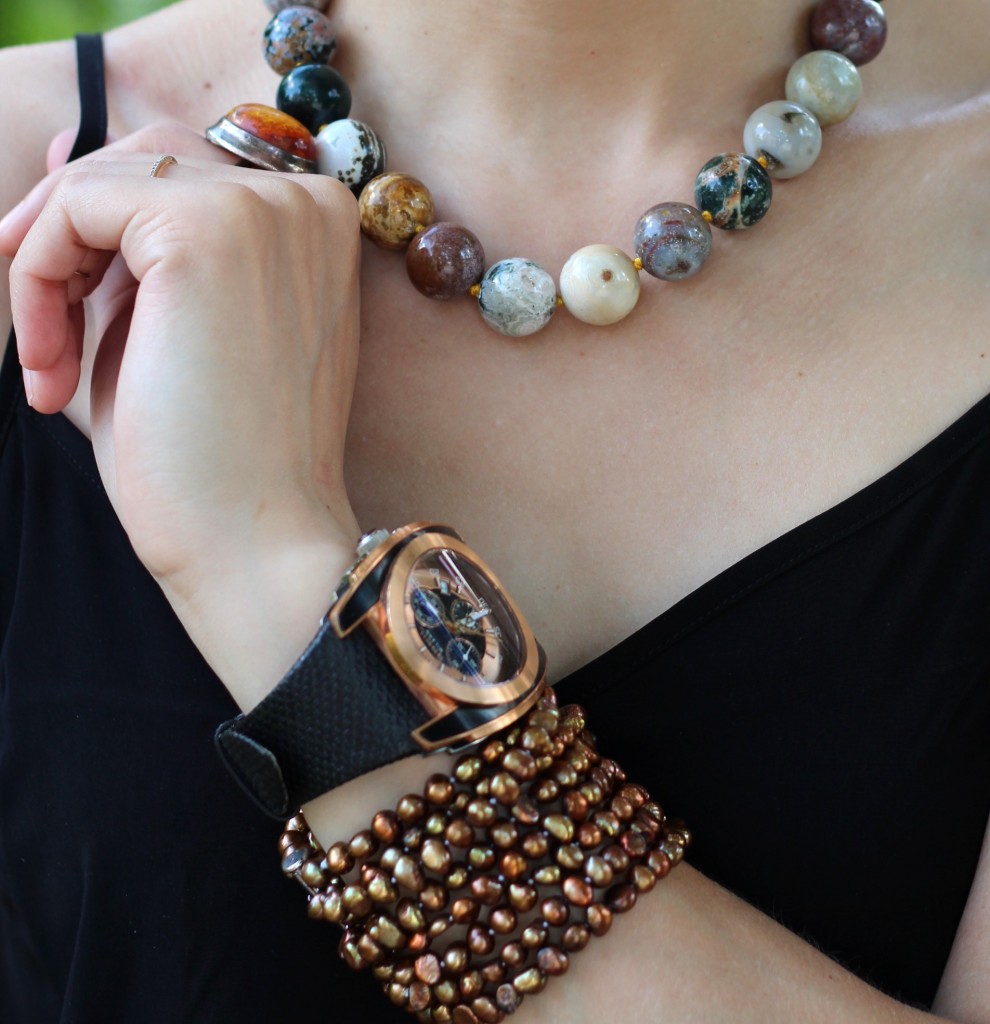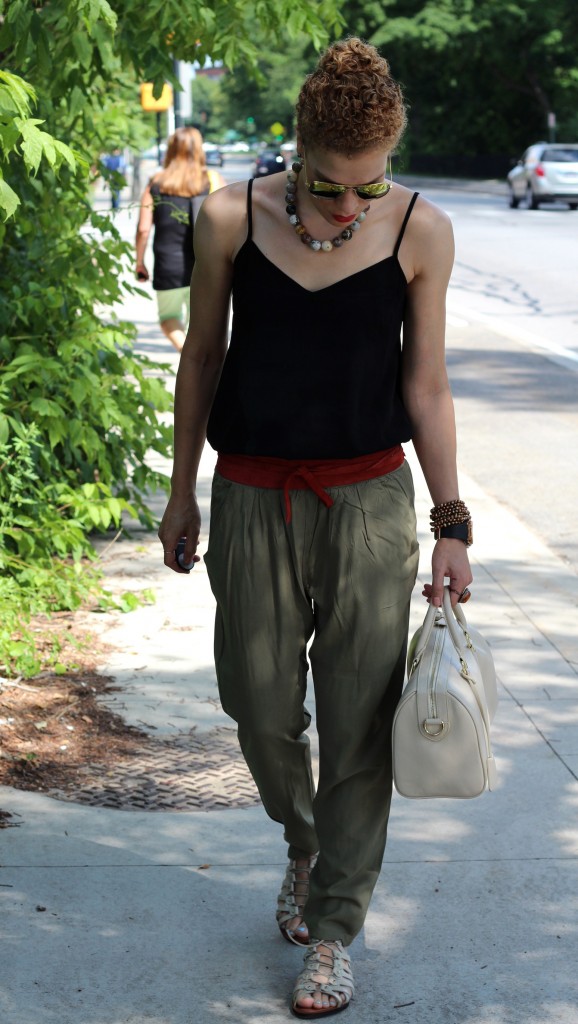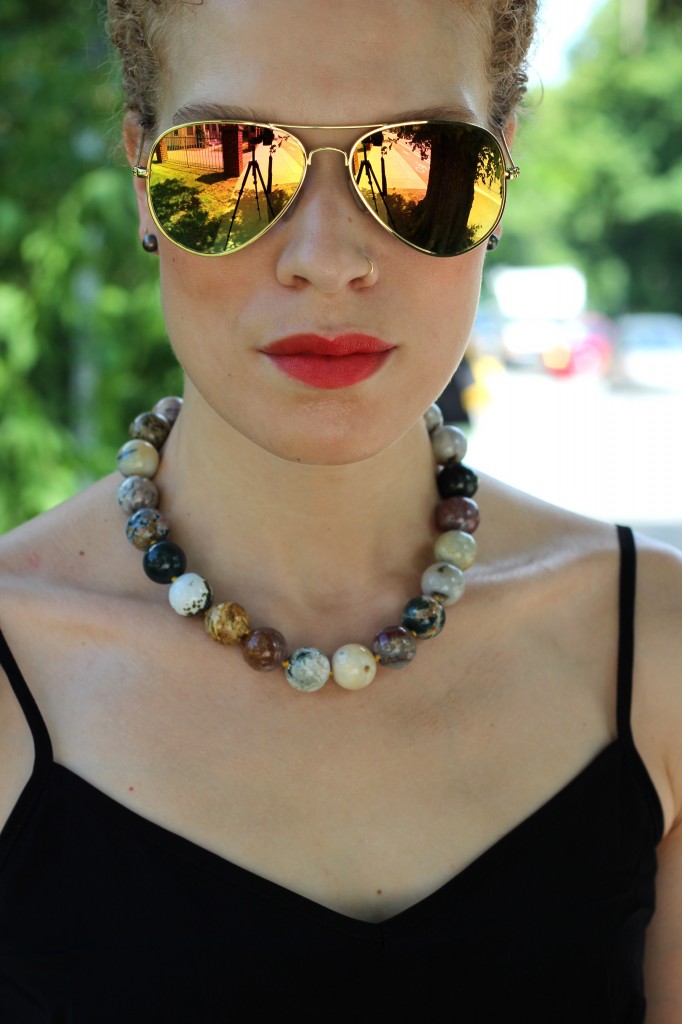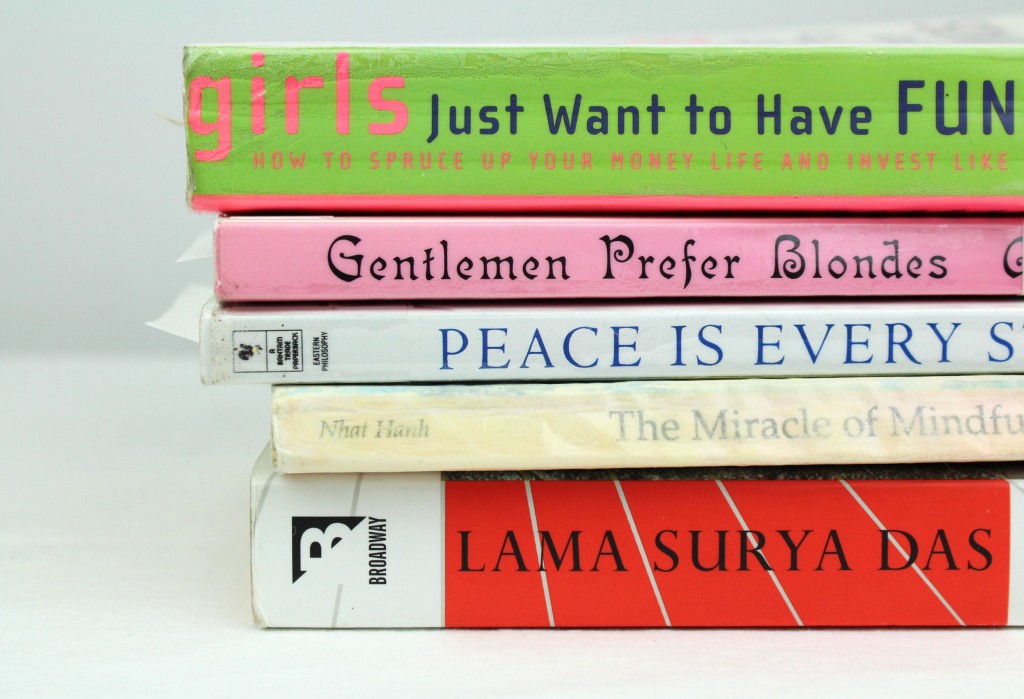“Luxury is aggression dressed as fashion.”
— Handbags, Anna Johnson
Here’s one of my ideas of an ideal summer ensemble. Loose and light, ultra comfortable (as in the photo I was recently distracted by).
I could wear earth tones every day.
So, this is a (pretty good) replica of Vuitton’s Sofia Coppola bag.
It doesn’t often happen that I am interested in a high-end designer item, not in the ‘willing to fork over my money’ kind of way, anyway (just in a ‘how inspiring’ way). Usually it’s moot because I don’t remotely have enough money to consider it. I liked the design of this bag so much, however (and for so long. I rarely like bags, only very recently do I even own multiple bags), that I was open to that shady category, the replica. I feel no disloyalty to Luis Vuitton, as they have not lost a sale…I was never going to spend $7,000 on this bag, so this is all happening a little outside their reality (intellectual copyright is still very slippery in fashion, a difficult topic, but the pricing of luxury brands is also a difficult topic). I did look around for something similar, actually, but none of them were as nice as this replica, which is, in fact, quite nice. It is, satisfyingly, about exactly as nice as it should be.
The cachet of luxury items is by turns interesting and troubling to me. They are, to the cognoscenti, walking price tags; subtle or perhaps not so subtle announcements of superfluous wealth. There is something aggressive and potentially gauche (if not outright tacky) about this. Especially when the items are being worn not because they are loved for themselves, but because they are on trend.
In the best cases, though, they are truly sublime objects, beautifully constructed out of impeccable materials. So there is something aggressive about them either way, but there can also be about them something ultimately tasteful, reflective of excellent taste.
Even what is now a kind of middle market, the $50-80 pair of pants, say (even given that a savvy shopper would almost never pay the full price), I would not call inexpensive. That is not inexpensive to me, anyhow. It is difficult to be stylish on a true budget (remembering that this book had a lot of great ideas about it, though). Or, it is not difficult to be stylish (given a bit of time to slowly accumulate good pieces), but it is difficult to be stylish in a variegated way, to have many solid style options. One must be very resourceful and invest a lot of time to find pieces made of good material that have been treated well, designed well, cut well, which, in many cases, at least at some point in their existence, were relatively expensive. Good clothes shouldn’t be inexpensive (someone somewhere was woefully underpaid, if they are…and likely even if they are expensive this is still the case…), they should be an investment.
I do like the French (at least, most famously French) concept of a minimal, versatile closet, some 10-15 carefully curated pieces that can be mixed and matched endlessly with different accessories to provide variation….but I like too many things. I want to look like too many kinds of people. I completely agree with the virtues of this concept but I cannot fully embrace it with my style so in flux. Maybe one day. My closet does need culling.
Ahhh. This is why I have no money left.
This is Nars Taj Mahal blush again. So good.
The necklace is various incarnations of jasper, which is quite a chameleon and has long been a favorite stone of mine.
Camisole from asos, lounge pants from hush, Anthropologie Amentum sandals, obi belt from Viktor Sabo, Breil Milano watch, bag, bracelet and necklace from eBay. On the lips: Lipstick Queen in Jungle Queen, a beautiful, sheer poppy orange-red. [The packaging is a stunning dragonfly green and it’s beautifully done all around.]
x
